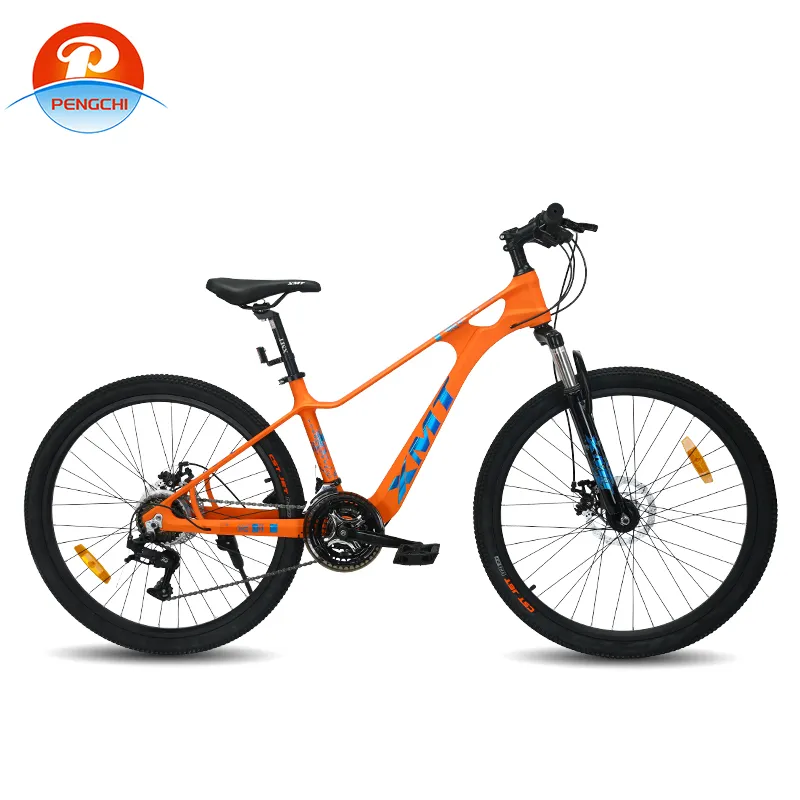
-
 Afrikaans
Afrikaans -
 Arabic
Arabic -
 Belarusian
Belarusian -
 Bengali
Bengali -
 Bulgarian
Bulgarian -
 Croatian
Croatian -
 Czech
Czech -
 Danish
Danish -
 Dutch
Dutch -
 English
English -
 Finnish
Finnish -
 French
French -
 German
German -
 Greek
Greek -
 hawaiian
hawaiian -
 Hebrew
Hebrew -
 Hindi
Hindi -
 Hungarian
Hungarian -
 Indonesian
Indonesian -
 irish
irish -
 Italian
Italian -
 Japanese
Japanese -
 Javanese
Javanese -
 kazakh
kazakh -
 Khmer
Khmer -
 Korean
Korean -
 Kyrgyz
Kyrgyz -
 Lao
Lao -
 Latin
Latin -
 Luxembourgish
Luxembourgish -
 Malay
Malay -
 Myanmar
Myanmar -
 Norwegian
Norwegian -
 Persian
Persian -
 Polish
Polish -
 Portuguese
Portuguese -
 Romanian
Romanian -
 Russian
Russian -
 Serbian
Serbian -
 Slovak
Slovak -
 Somali
Somali -
 Spanish
Spanish -
 Swedish
Swedish -
 Tagalog
Tagalog -
 Thai
Thai -
 Turkish
Turkish -
 Turkmen
Turkmen -
 Ukrainian
Ukrainian -
 Uighur
Uighur -
 Vietnamese
Vietnamese
9月 . 28, 2024 18:45 Back to list
Tips for Selecting the Ideal Bicycle for New Riders
How to Choose a Bicycle for Beginners
Choosing a bicycle as a beginner can be both an exciting and daunting task. With so many types, brands, and features available, it’s essential to analyze your needs and preferences before making a decision. In this guide, we will explore the key factors to consider when choosing your first bike, ensuring that you select the perfect ride to match your lifestyle and riding aspirations.
1. Understand Your Riding Style
The first step in choosing a bicycle is to understand how you plan to use it. Are you looking to ride on paved roads, bike paths, or rough trails? Your riding style will significantly influence the type of bike you should choose
- Road Bikes These bikes are lightweight and built for speed on paved roads. They have thin tires and a drop handlebar, making them suitable for long-distance rides and commuting on smooth surfaces. - Mountain Bikes Designed for off-road cycling, mountain bikes come with wider tires and a sturdy frame to handle rough terrain. If you plan on biking on trails or unpaved paths, this might be the right choice for you. - Hybrid Bikes As the name suggests, hybrid bikes combine features from road and mountain bikes. They are versatile and suitable for various surfaces, making them ideal for casual riders or commuters who may encounter different terrains. - Comfort Bikes These bikes prioritize comfort, with a relaxed seating position and wider tires. If your goal is leisurely rides around the neighborhood, a comfort bike could be perfect.
2. Know Your Budget
Budget is a crucial factor when selecting your first bicycle. While it’s tempting to buy the most expensive bike equipped with the latest features, it’s wise to set a budget that balances quality and affordability. Generally, beginner bikes range from $300 to $1,000. In this range, you can find decent quality bikes suitable for various purposes. Remember that there will be additional costs for accessories such as a helmet, lock, lights, and maintenance tools.
3. Frame Size Matters
A properly sized frame is vital for a comfortable riding experience. Riding a bike that is too large or too small can lead to discomfort and even injury. To find the right size, consider visiting a local bike shop for a fitting. Staff can help you measure your inseam and guide you to a suitable frame size. Many manufacturers also provide size charts based on height, making it easier to select the correct size.
4. Test Ride
how to choose cycle for beginners

Before making a purchase, always test ride a few bikes. This hands-on approach will help you experience the feel and comfort of different models. Pay attention to how the bike handles, the ease of shifting gears, and how comfortable the seat feels. Think about your riding position—do you want to be more upright or lean forward?
5. Consider Additional Features
As you narrow down your choices, think about additional features that might enhance your cycling experience
- Gearing Depending on your location and the terrain, you may want to consider bikes with multiple gears for easier climbing and faster flats. - Brakes Disc brakes offer better stopping power in wet conditions compared to traditional rim brakes. - Weight A lighter bike can be easier to handle, especially when loading it onto a rack or carrying it up stairs.
6. Shop Online vs. Local Bike Shops
While you might find attractive deals online, it is often beneficial to shop at local bike stores. Local shops not only support the community but also provide essential services like custom fitting and after-purchase support. They can also offer maintenance services, which can be invaluable for beginners.
7. Accessorize Wisely
Once you’ve chosen your bike, don’t forget to invest in safety gear and accessories. A good-quality helmet is a must for any rider. You might also consider a repair kit, a bike lock, lights, and reflective gear to ensure safety during rides, especially after dark.
Conclusion
Choosing a bicycle as a beginner doesn’t have to be overwhelming. By understanding your riding style, setting a budget, finding the right size, testing different models, and considering key features, you can confidently select a bike that will bring you joy and fitness benefits for years to come. Remember, the best bike for you is one that fits your needs and inspires you to ride regularly! Happy cycling!
-
Top Kids Bike with gpt-4-turbo AI for Safe Rides
NewsAug.02,2025
-
Premium Titanium Road Bike: Lightweight & Durable
NewsAug.01,2025
-
Red Black BMX Bike with GPT-4-Turbo AI Tech
NewsJul.31,2025
-
New Red Anti-theft E-Bike | Easy Ride City Commuter
NewsJul.31,2025
-
BMX 20 Inch Bikes for Freestyle & Street | Fat Tire Options Available
NewsJul.30,2025
-
322 High Quality 26 Inch 21 Speed Adult Mountain Bike OEM MTB
NewsJul.29,2025

